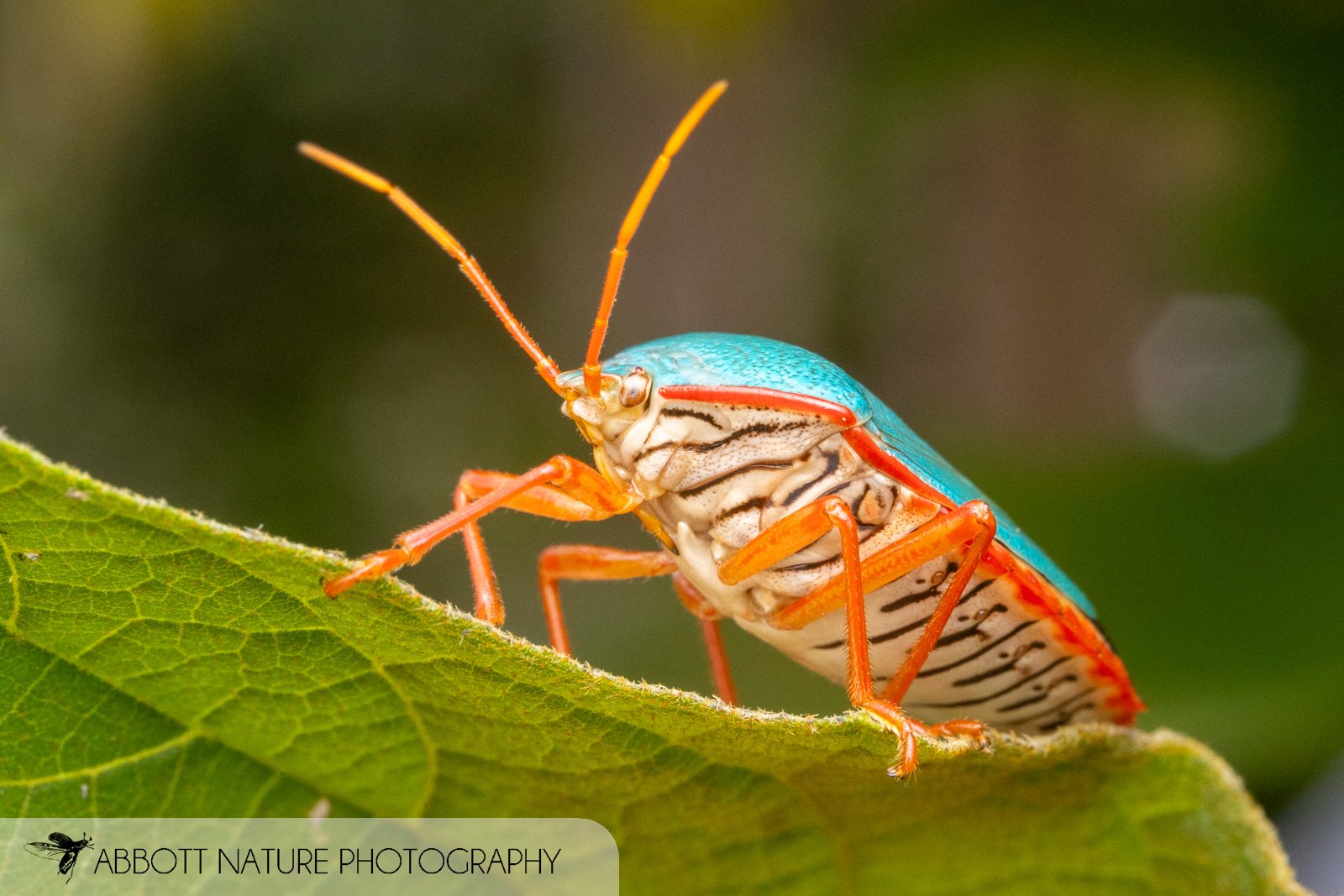Insects are Disappearing: How to Use Science to Communicate Insect Decline on Social Media
Colorful leaf-footed bug Bitta alipes from Costa Rica
In some parts of the world, insect populations have declined by more than 75%. This is alarming, not just for biodiversity, but for us. Roughly 75% of the world’s leading food crops depend on insects for pollination, making insect decline a direct threat to global food security.
And yet, many people still react to insects with fear or disgust. That’s why social media can be a powerful tool, not just to raise awareness, but to shift behavior. With the right approach, we can turn a quick scroll into a moment of learning, empathy, and action.
I’ve spent the last three years intensively studying the science of science communication, and I’ve learned that one of the most effective strategies is using narrative storytelling, which is grounded in science and peer-reviewed data.
Black-crowned Central American Squirrel Monkey eating a Katydid
In this post, I’ll walk you through how to create science-based social media content about insects, the kind that doesn’t just entertain, but actually changes minds and behavior.
Narrative Transportation: What is it?
Narrative transportation is a concept grounded in science and studied in university communication departments. It describes what happens when a story pulls us in so deeply that we lose track of time. But this kind of immersion isn’t just entertaining, it’s transformative. When we’re fully absorbed in a story, we lower our defenses. We become more open to new ideas and more willing to take action. That’s the true power of a good social media post: it doesn’t just inform, it moves us.
Studies show that narrative transportation can:
· ✅ Reduces counter-arguing
· ✅ Improves memory retention
· ✅ Fosters empathy and behavior change
So, how should you structure your posts to achieve this? You can tell your story in a single post or break it up across multiple posts to keep your audience coming back for more. The best approach depends on your platform, but either way, be sure to follow a strong story arc.
The Core Narrative story Arc:
1. ✅ Relatable protagonist: A butterfly, a cicada, a monkey, a frog
2. ✅ Setting: A Costa Rican forest, deafening with frogs and insects
3. ✅ Conflict: The choruses of frogs and insects are gone…Why?
4. ✅ Revelation: Insects are declining worldwide, followed by mammals and birds
5. ✅ Resolution or Call to Action: What can be done? (e.g., use native plants, support
reserves, reduce pesticides, and reduce your carbon footprint)
Key Techniques to Boost Transportation on Social Media
· Use up-close visuals and ambient sound to immerse the viewer
· Focus on a single species or moment of loss to create an emotional connection.
· Lead with a story, and follow with facts
· Use emotional tone and music to drive engagement
· End with a clear takeaway or action step
Red-bordered Stink Bug from Costa Rica. Getting close up and low to increase engagement in the photo.


